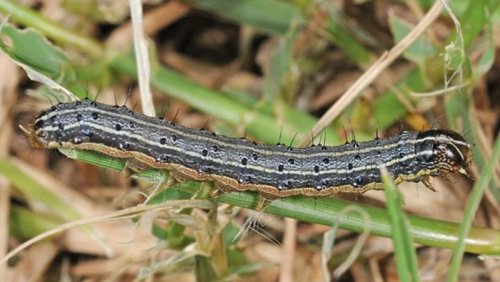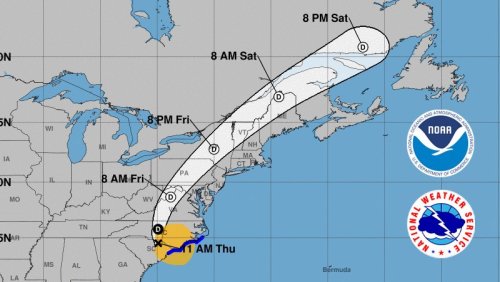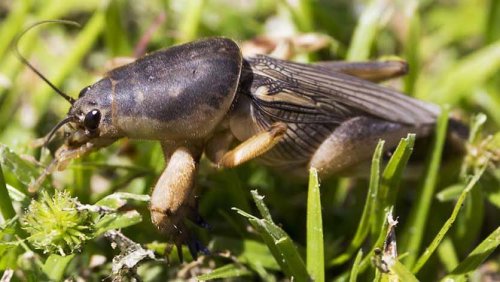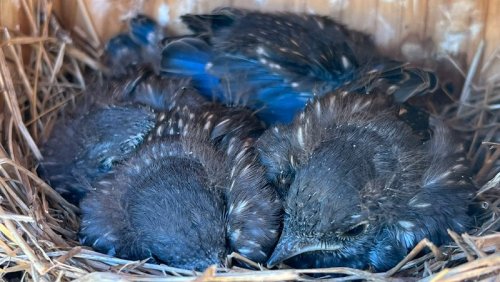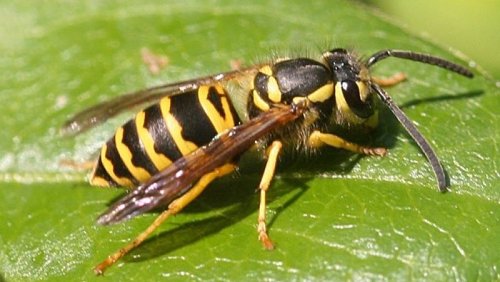

Skip Heinz, CTEM, was due for some good news. Heinz, the certified turf equipment manager at Royal Poinciana Golf Club in Naples, Florida, recently was named the recipient of the 2024 Edwin Budding Award. Named for Edwin Budding, the inventor of the lawn mower, the award is presented annually by the GCSAA "to an equipment manager or related innovator, technician or engineer who has made a significant impact on the golf course and turf industry."
The announcement was released Aug. 13, but Heinz learned in late May that he had been named the winner. The news arrived shortly before his wife, Deb, lost a lengthy battle with breast cancer on June 12.
"When I told her I had been nominated for an award and won it, she gave me a thumbs up as if to say 'way to go, you deserved it,' " Heinz (right) said.
The son of a superintendent, Heinz grew up around the game. His father, Robert, was a longtime superintendent at Key West Country Club in Florida. The younger Heinz also has spent time as a superintendent and assistant superintendent before becoming an equipment technician and manager.
He will receive the award at the 2025 GCSAA Conference and Trade Show in San Diego.
"I was really excited about the award, but probably not as much as I should have been, because I was sitting by my wife's side," Heinz said. "Her condition had deteriorated pretty badly, and I was humbled by that."
His expertise in the shop was recognized 20 years ago when he won the 2004 TurfNet Technician of the Year Award. That award was presented annually from 2003 to 2020 to an equipment technician who excelled at any of the following criteria: crisis management; effective budgeting; environmental awareness; helping to further and promote the careers of colleagues and employees; interpersonal communications; inventory management and cost control; overall condition and dependability of rolling stock; shop safety; and work ethic.
Heinz is among those who founded the International Golf Course Equipment Managers Association almost 20 years ago, and the award is a culmination of a career dedicated to increasing the visibility and promoting the equipment technician profession.
He also was a driving force behind IGCEMA’s assimilation into GCSAA in 2015, and has played an active role in the association's efforts to provide opportunities for equipment managers. Heinz served on the association’s inaugural Equipment Manager Task Group that established certification programs for fellow equipment techs.
Past Budding Award recipients: 2023 - Gary Bogdanski; 2022 - Trent Manning, CTEM; 2021 - Helmut Ullrich; 2020 - Mike Kriz; 2019 - Jim Nedin; 2018 - Hector Velazquez; 2017 - Chuck Totten; 2016 - Ed Ward; 2015 - Stephen Tucker; 2014 - Roland McPhearson; 2013 - Tom Hurst; 2012 - Dana Lonn; 2011 - Wes Danielewicz; 2010 - Vollie Carr; 2009 - Eddie Konrad; 2008 - Eric Kulaas; 2007 - Ed Combest.
- Read more...
- 1,402 views

